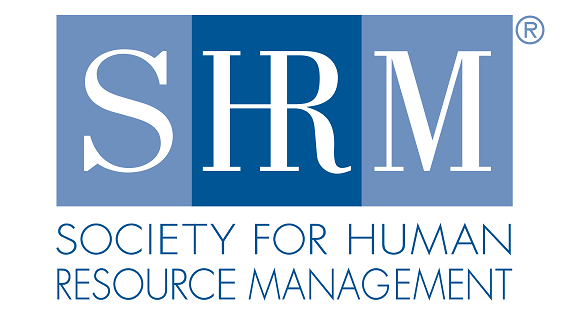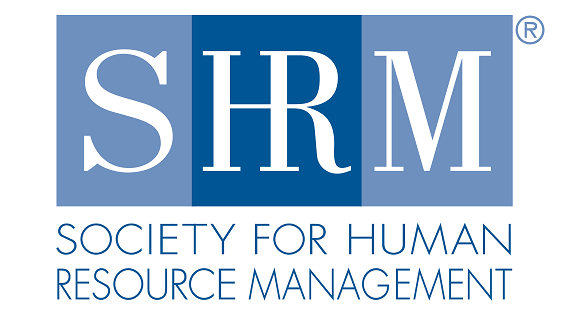What is the primary purpose of stakeholder analysis - PMP Prep
Question
What is the primary purpose of stakeholder analysis?
Answers
-
-
correct
-
-
Explanation
The correct answer is B.
To categorize stakeholders by power, interest, and attitude to tailor engagement strategies. Stakeholder analysis is a critical process in project management that helps identify who the stakeholders are, understand their influence and interest in the project, and assess their attitudes toward it.
This categorization enables project managers to develop targeted communication and engagement plans that maximize stakeholder support, mitigate resistance, and manage risks effectively. By knowing the stakeholders’ power and interest levels, managers can prioritize efforts and allocate resources efficiently, ensuring better alignment and project success.
The other options are incorrect because:
A. Assigning tasks based on availability is a resource management activity, not the primary purpose of stakeholder analysis.
C. Excluding stakeholders who may cause delays is counterproductive; stakeholder analysis aims to understand and engage all relevant parties, including those who might resist, to address concerns proactively.
D. Documenting project scope changes is part of scope management, unrelated to the stakeholder analysis process.
This understanding aligns with PMI’s guidance and best practices, which emphasize stakeholder analysis as foundational for effective stakeholder engagement and project success.
No Payment Cards Needed





